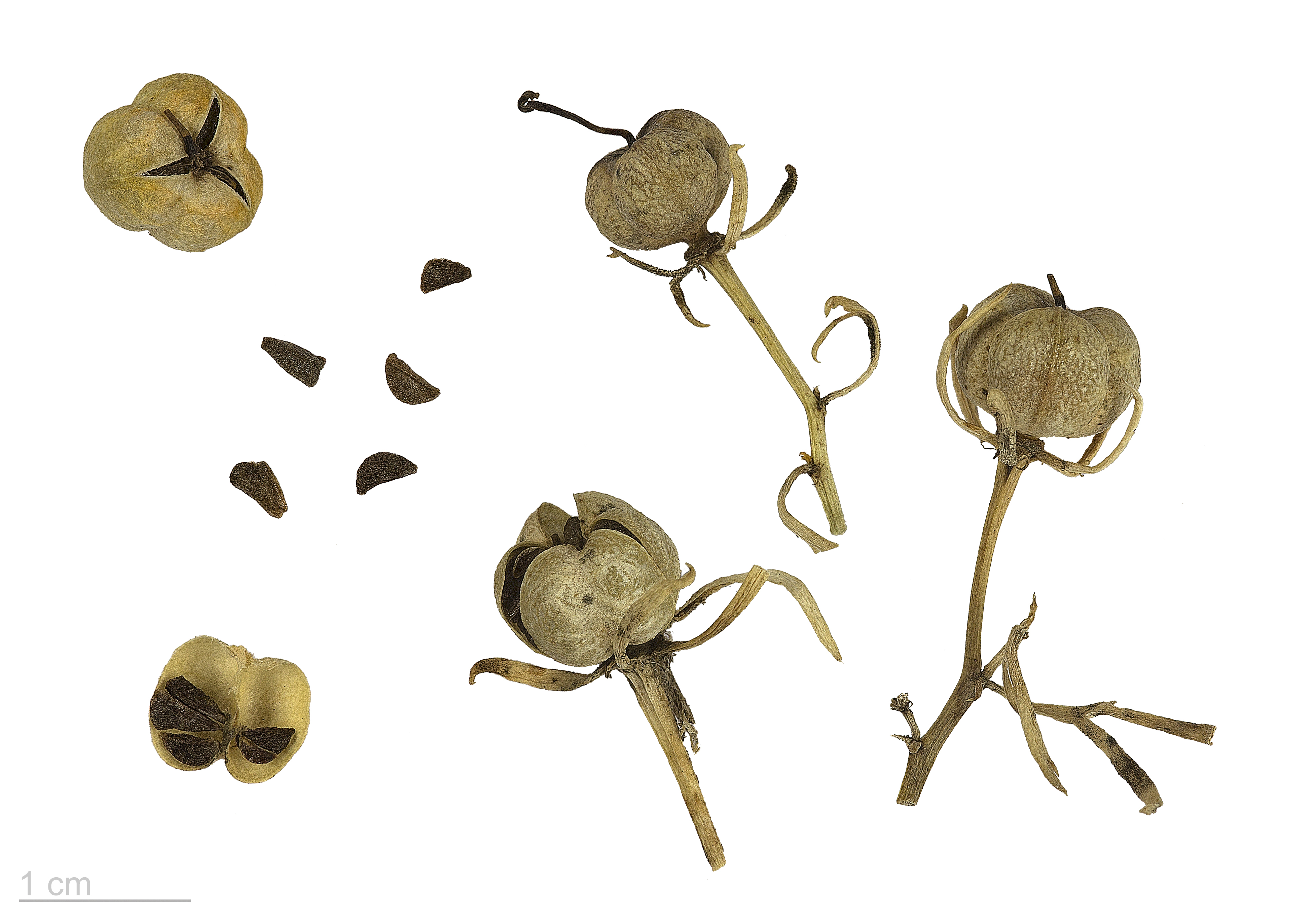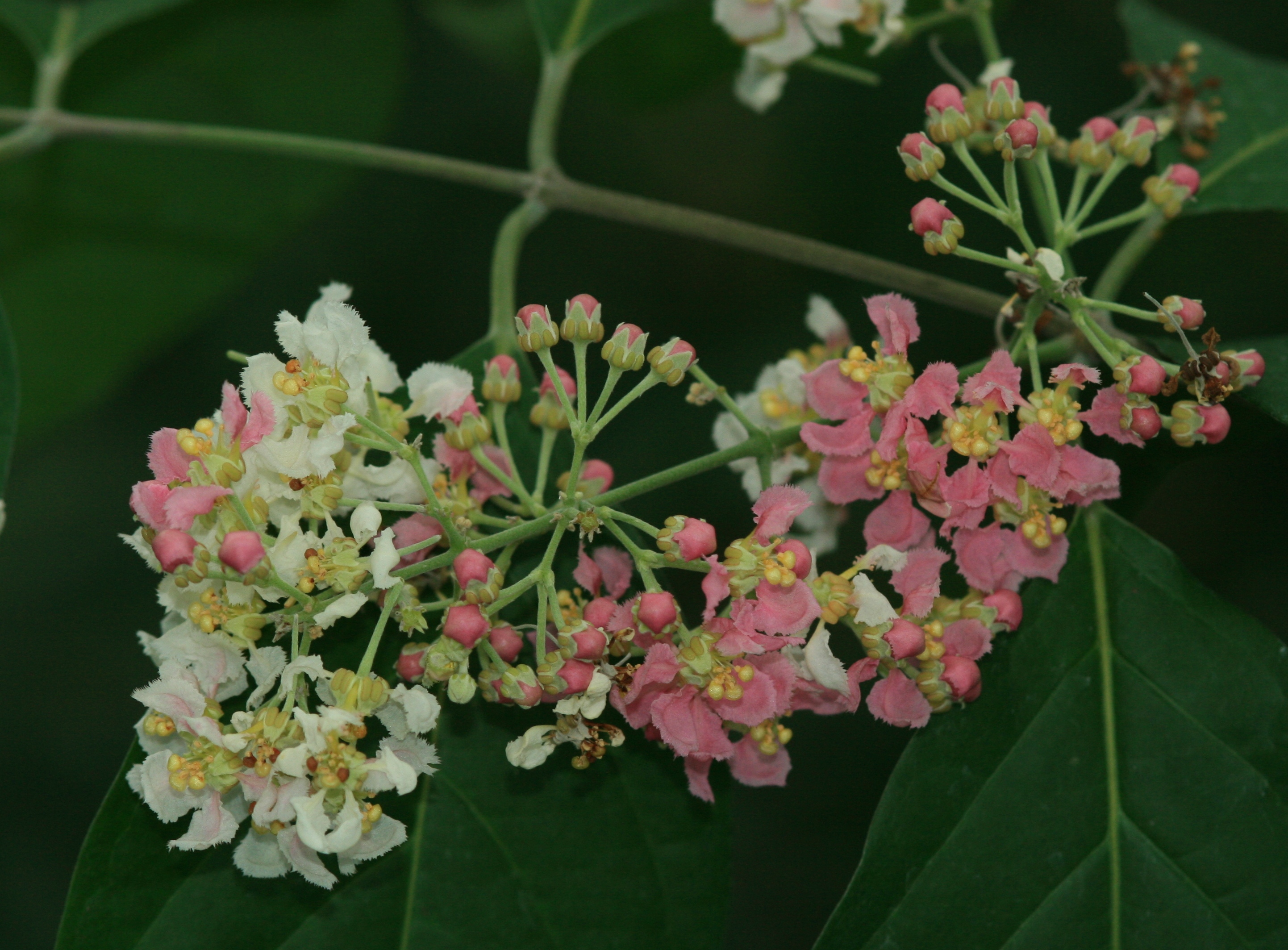|
Harmaline
Harmaline is a fluorescent indole alkaloid from the group of harmala alkaloids and beta-carbolines. It is the partly hydrogenated form of harmine. Occurrence in nature Various plants contain harmaline including ''Peganum harmala'' (Syrian rue) as well as the hallucinogenic beverage ayahuasca, which is traditionally brewed using ''Banisteriopsis caapi''. Present at 3% by dry weight, the harmala alkaloids may be extracted from the Syrian rue seeds. Effects Harmaline is a central nervous system stimulant and a "reversible inhibitor of MAO-A (RIMA)". This means that the risk of a hypertensive crisis, a dangerous high blood pressure crisis from eating tyramine-rich foods such as cheese, is likely lower with harmaline than with irreversible MAOIs such as phenelzine. The harmala alkaloids are psychoactive in humans. Harmaline is shown to act as an acetylcholinesterase inhibitor. Harmaline also stimulates striatal dopamine release in rats at very high dose levels. Since harmal ... [...More Info...] [...Related Items...] OR: [Wikipedia] [Google] [Baidu] |
Harmine
Harmine is a beta-carboline and a harmala alkaloid. It occurs in a number of different plants, most notably the Syrian rue and ''Banisteriopsis caapi''. Harmine reversibly inhibits monoamine oxidase A (MAO-A), an enzyme which breaks down monoamines, making it a Reversible inhibitor of monoamine oxidase A (RIMA). Harmine does not inhibit MAO-B. Harmine is also known as banisterin, banisterine, telopathin, telepathine, leucoharmine and yagin, yageine. Biosynthesis The coincident occurrence of β-carboline alkaloids and serotonin in ''Peganum harmala'' indicates the presence of two very similar, interrelated biosynthetic pathways, which makes it difficult to definitively identify whether free tryptamine or L-tryptophan is the precursor in the biosynthesis of harmine. However, it is postulated that L-tryptophan is the most likely precursor, with tryptamine existing as an intermediate in the pathway. The following figure shows the proposed biosynthetic scheme for harmine. The Shiki ... [...More Info...] [...Related Items...] OR: [Wikipedia] [Google] [Baidu] |
Harmala Alkaloid
Several alkaloids that function as monoamine oxidase inhibitors (MAOIs) are found in the seeds of ''Peganum harmala'' (also known as ''Harmal'' or ''Syrian Rue''), as well as tobacco leaves including harmine, harmaline, and harmalol, which are members of a group of substances with a similar chemical structure collectively known as ''harmala alkaloids''. These alkaloids are of interest for their use in Amazonian shamanism, where they are derived from other plants. The harmala alkaloid harmine, once known as telepathine and banisterine, is a naturally occurring beta-carboline alkaloid that is structurally related to harmaline, and also found in the vine ''Banisteriopsis caapi''. Tetrahydroharmine is also found in ''B. caapi'' and ''P. harmala''. Dr. Alexander Shulgin has suggested that harmine may be a breakdown product of harmaline. Harmine and harmaline are both a reversible inhibitor of monoamine oxidase A (RIMAs). They can stimulate the central nervous system by inhibiting the ... [...More Info...] [...Related Items...] OR: [Wikipedia] [Google] [Baidu] |
Harmaline Harmine
Harmaline is a fluorescent indole alkaloid from the group of harmala alkaloids and beta-carbolines. It is the partly hydrogenated form of harmine. Occurrence in nature Various plants contain harmaline including ''Peganum harmala'' (Syrian rue) as well as the hallucinogenic beverage ayahuasca, which is traditionally brewed using ''Banisteriopsis caapi''. Present at 3% by dry weight, the harmala alkaloids may be extracted from the Syrian rue seeds. Effects Harmaline is a central nervous system stimulant and a "reversible inhibitor of MAO-A (RIMA)". This means that the risk of a hypertensive crisis, a dangerous high blood pressure crisis from eating tyramine-rich foods such as cheese, is likely lower with harmaline than with irreversible MAOIs such as phenelzine. The harmala alkaloids are psychoactive in humans. Harmaline is shown to act as an acetylcholinesterase inhibitor. Harmaline also stimulates striatal dopamine release in rats at very high dose levels. Since harmali ... [...More Info...] [...Related Items...] OR: [Wikipedia] [Google] [Baidu] |
Peganum Harmala
''Peganum harmala'', commonly called wild rue, Syrian rue, African rue, esfand or espand,Mahmoud OmidsalaEsfand: a common weed found in Persia, Central Asia, and the adjacent areasEncyclopedia Iranica Vol. VIII, Fasc. 6, pp. 583–584. Originally published: 15 December 1998. Online version last updated 19 January 2012 or harmel, (among other similar pronunciations and spellings) is a perennial, herbaceous plant, with a woody underground root-stock, of the family Nitrariaceae, usually growing in saline soils in temperate desert and Mediterranean regions. Its common English-language name came about because of a resemblance to rue (to which it is not related). Because eating it can cause livestock to sicken or die, it is considered a noxious weed in a number of countries. It has become an invasive species in some regions of the western United States. The plant is popular in Middle Eastern and north African folk medicine. The alkaloids contained in the plant, including the seeds, ... [...More Info...] [...Related Items...] OR: [Wikipedia] [Google] [Baidu] |
Ayahuasca
AyahuascaPronounced as in the UK and in the US. Also occasionally known in English as ''ayaguasca'' (Spanish-derived), ''aioasca'' (Brazilian Portuguese-derived), or as ''yagé'', pronounced or . Etymologically, all forms but ''yagé'' descend from the compound Quechua word ''ayawaska'', from ''aya'' () and ''waska'' (). For more names for ayahuasca, see § Nomenclature. is a South AmericanGoldin D., Salani D. "Ayahuasca: What Healthcare Providers Need to Know". ''J. Addict. Nurs..'' 2021;32(2):167-173. . psychoactive and entheogenic brewed drink traditionally used both socially and as a ceremonial or shamanic spiritual medicine among the indigenous peoples of the Amazon basin, and more recently in Western society. The tea causes altered states of consciousness often known as "psychedelic experiences" which include visual hallucinations and altered perceptions of reality. Ayahuasca is commonly made from the ''Banisteriopsis caapi'' vine, the ''Psychotria viridis'' shrub or ... [...More Info...] [...Related Items...] OR: [Wikipedia] [Google] [Baidu] |
Banisteriopsis Caapi
''Banisteriopsis caapi'', also known as ayahuasca, caapi, soul vine, or yagé (yage), is a South American liana of the family Malpighiaceae. It is one half of ayahuasca, a decoction with a long history of its entheogenic (connecting to spirit) use and its status as a "plant teacher" among the Indigenous peoples of the Amazon rainforest. According to ''The CRC World Dictionary of Plant Names'' by Umberto Quattrocchi, the naming of the genus '' Banisteriopsis'' was dedicated to John Banister, a 17th-century English clergyman and naturalist. An earlier name for the genus was ''Banisteria'' and the plant is sometimes referred to as ''Banisteria caapi''. Other names include ''Banisteria quitensis'', ''Banisteriopsis inebrians'', and ''Banisteriopsis quitensis''. Description Caapi is a giant vine with characteristic white or pale pink flowers which most commonly appear in January, but are known to bloom infrequently. It resembles ''Banisteriopsis membranifolia'' and '' Banisteriopsis ... [...More Info...] [...Related Items...] OR: [Wikipedia] [Google] [Baidu] |
Alkaloid
Alkaloids are a class of basic, naturally occurring organic compounds that contain at least one nitrogen atom. This group also includes some related compounds with neutral and even weakly acidic properties. Some synthetic compounds of similar structure may also be termed alkaloids. In addition to carbon, hydrogen and nitrogen, alkaloids may also contain oxygen, sulfur and, more rarely, other elements such as chlorine, bromine, and phosphorus.Chemical Encyclopedia: alkaloids xumuk.ru Alkaloids are produced by a large variety of organisms including , , Medicinal plant, plants, an ... [...More Info...] [...Related Items...] OR: [Wikipedia] [Google] [Baidu] |
Beta-carboline
β-Carboline (9''H''- pyrido ,4-''b'' ndole) represents the basic chemical structure for more than one hundred alkaloids and synthetic compounds. The effects of these substances depend on their respective substituent. Natural β-carbolines primarily influence brain functions but can also exhibit antioxidant effects. Synthetically designed β-carboline derivatives have recently been shown to have neuroprotective, cognitive enhancing and anti-cancer properties. Pharmacology The pharmacological effects of specific β-carbolines are dependent on their substituents. For example, the natural β-carboline harmine has substituents on position 7 and 1. Thereby, it acts as a selective inhibitor of the DYRK1A protein kinase, a molecule necessary for neurodevelopment. It also exhibits various antidepressant-like effects in rats by interacting with serotonin receptor 2A. Furthermore, it increases levels of the brain-derived neurotrophic factor (BDNF) in rat hippocampus. A decreased BDNF le ... [...More Info...] [...Related Items...] OR: [Wikipedia] [Google] [Baidu] |
Dimethyltryptamine
''N'',''N''-Dimethyltryptamine (DMT or ''N'',''N''-DMT, SPL026) is a substituted tryptamine that occurs in many plants and animals, including human beings, and which is both a derivative and a structural analog of tryptamine. It is used as a psychedelic drug and prepared by various cultures for ritual purposes as an entheogen. DMT has a rapid onset, intense effects, and a relatively short duration of action. For those reasons, DMT was known as the "business trip" during the 1960s in the United States, as a user could access the full depth of a psychedelic experience in considerably less time than with other substances such as LSD or psilocybin mushrooms. DMT can be inhaled, ingested, or injected and its effects depend on the dose, as well as the mode of administration. When inhaled or injected, the effects last a short period of time: about five to 15 minutes. Effects can last three hours or more when orally ingested along with a monoamine oxidase inhibitor (MAOI), such as ... [...More Info...] [...Related Items...] OR: [Wikipedia] [Google] [Baidu] |
Patent
A patent is a type of intellectual property that gives its owner the legal right to exclude others from making, using, or selling an invention for a limited period of time in exchange for publishing an enabling disclosure of the invention."A patent is not the grant of a right to make or use or sell. It does not, directly or indirectly, imply any such right. It grants only the right to exclude others. The supposition that a right to make is created by the patent grant is obviously inconsistent with the established distinctions between generic and specific patents, and with the well-known fact that a very considerable portion of the patents granted are in a field covered by a former relatively generic or basic patent, are tributary to such earlier patent, and cannot be practiced unless by license thereunder." – ''Herman v. Youngstown Car Mfg. Co.'', 191 F. 579, 584–85, 112 CCA 185 (6th Cir. 1911) In most countries, patent rights fall under private law and the patent holder mus ... [...More Info...] [...Related Items...] OR: [Wikipedia] [Google] [Baidu] |
Melatonin
Melatonin is a natural product found in plants and animals. It is primarily known in animals as a hormone released by the pineal gland in the brain at night, and has long been associated with control of the sleep–wake cycle. In vertebrates, melatonin is involved in synchronizing circadian rhythms, including sleep–wake timing and blood pressure regulation, and in control of seasonal rhythmicity including reproduction, fattening, moulting and hibernation. Many of its effects are through activation of the melatonin receptors, while others are due to its role as an antioxidant. In plants, it functions to defend against oxidative stress. It is also present in various foods. Melatonin was discovered in 1958. In addition to its role as a natural hormone, melatonin is used as a dietary supplement and medication in the treatment of sleep disorders such as insomnia and circadian rhythm sleep disorders; for information on melatonin as a supplement and medication, see the melatoni ... [...More Info...] [...Related Items...] OR: [Wikipedia] [Google] [Baidu] |





